Long before developer FromSoftware popularized the Soulslike sub-genre of video games, they were creating some of the best mech-based games on the market with Armored Core. The series places players in charge of large mechs as they battle enemies in a dystopian future.
Launched in 1997, Armored Core features the heightened difficulty that FromSoftware has become widely known for, juxtaposed with fast-paced mech combat. With over a dozen games, counting spin-offs, add-ons, and arena combat-based titles, we’ve pared down this ranking to the best mainline Armored Core games in the franchise so far. Here are the best Armored Core games, ranked from worst to best.
6. Armored Core V
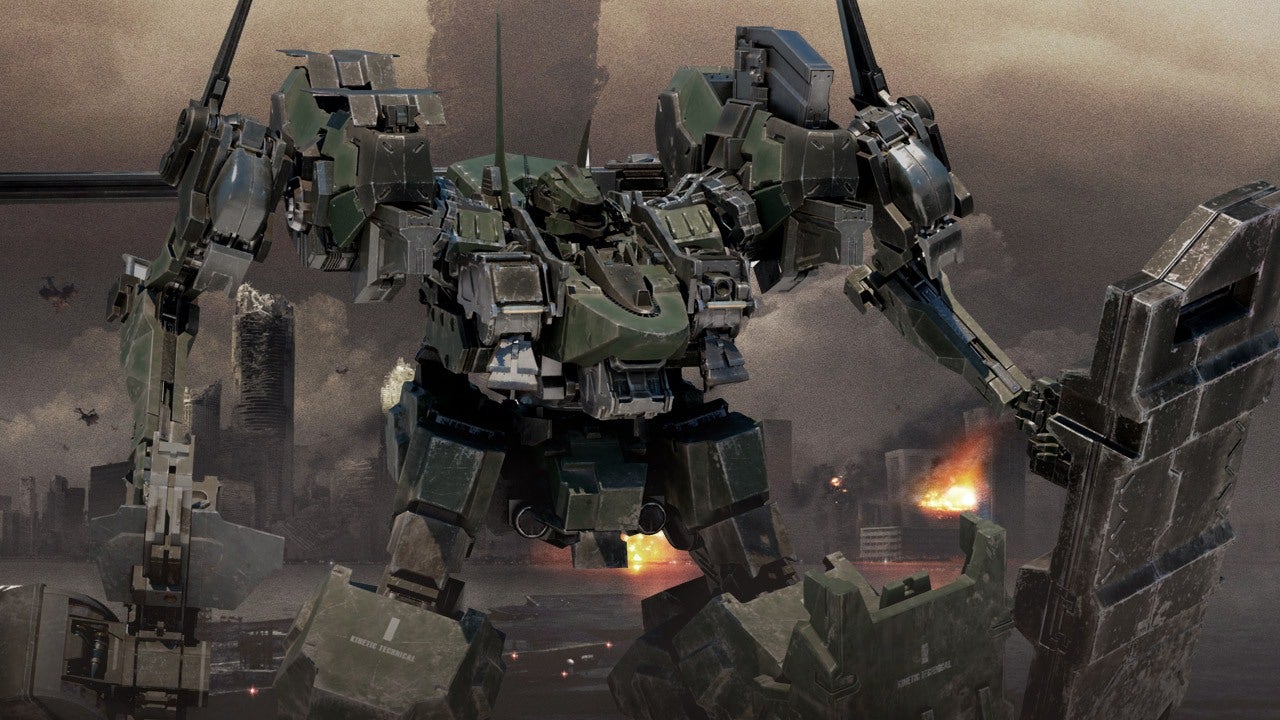
After refining its gameplay and presentation for the advent of high-definition, Armored Core went back to the basics with 2012’s Armored Core V for the PlayStation 3 and Xbox 360. Offering another narrative reboot of the franchise, Armored Core V takes place in a dystopian future where the remnants of humanity survive in a lone city on an Earth covered by corrosive pollution and transformed into a widespread wasteland. The player character starts as a mercenary employed to maintain order before siding with the resistance against the city’s corporate overlords.
Armored Core V reverts to the gameplay mechanics and strategies employed by the earliest games in the franchise rather than the streamlined, more intuitive gameplay present in Armored Core 4. This makes the 2012 title feel like a noticeable step backward for the franchise and the most inaccessible Armored Core game in years. Armored Core V is a game that appeals to a very specific niche of fans and not one that is particularly welcoming or enjoyable to the masses. Armored Core V got a follow-up in Armored Core: Verdict Day the following year, and the franchise went relatively dormant for a decade for a good reason.
5. Armored Core 3
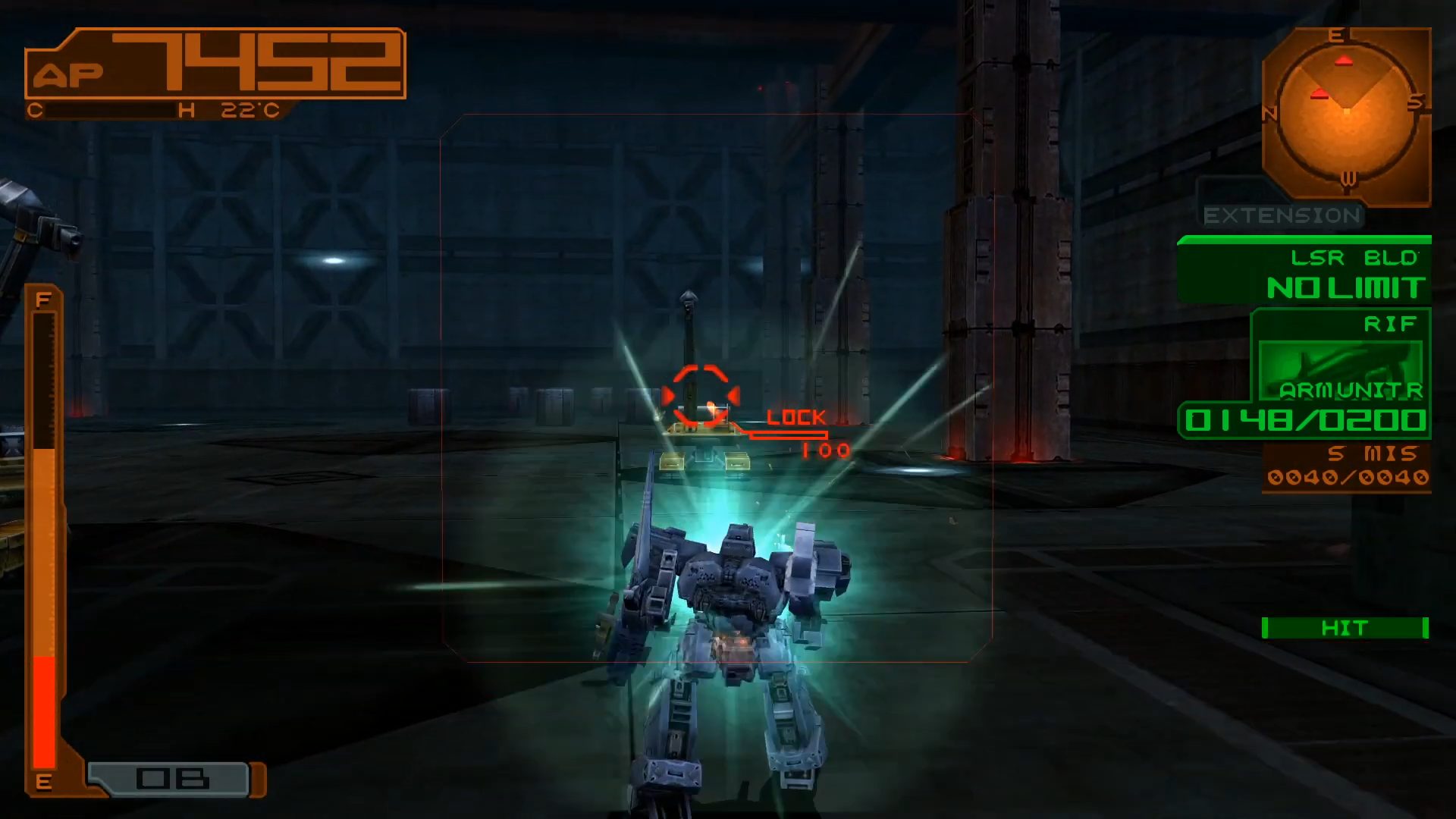
2002’s Armored Core 3 for the PlayStation 2 is something of a reboot for the series’ continuity, returning the narrative to its post-apocalyptic roots. Amidst the idea of humanity emerging back to Earth’s surface after a lengthy period surviving underground and rival corporations hiring mech-based mercenaries against each other, the game introduces the concept of malevolent artificial intelligence. While seeking refuge underground, humanity relied heavily on an A.I. program known as The Controller, which seeks to maintain its dominance and keep the species subjugated until the mechs rebel against it.
By its third main installment, the Armored Core formula was beginning to wear noticeably thin, with the narrative reboot failing to take advantage of its fresh start. The controls remain somewhat dated, and level environments feel particularly uninspired with this go around in comparison to games past. The game received a direct follow-up the following year, Armored Core: Silent Line, while Armored Core 3 would be ported to the PlayStation Portable in 2009.
4. Armored Core
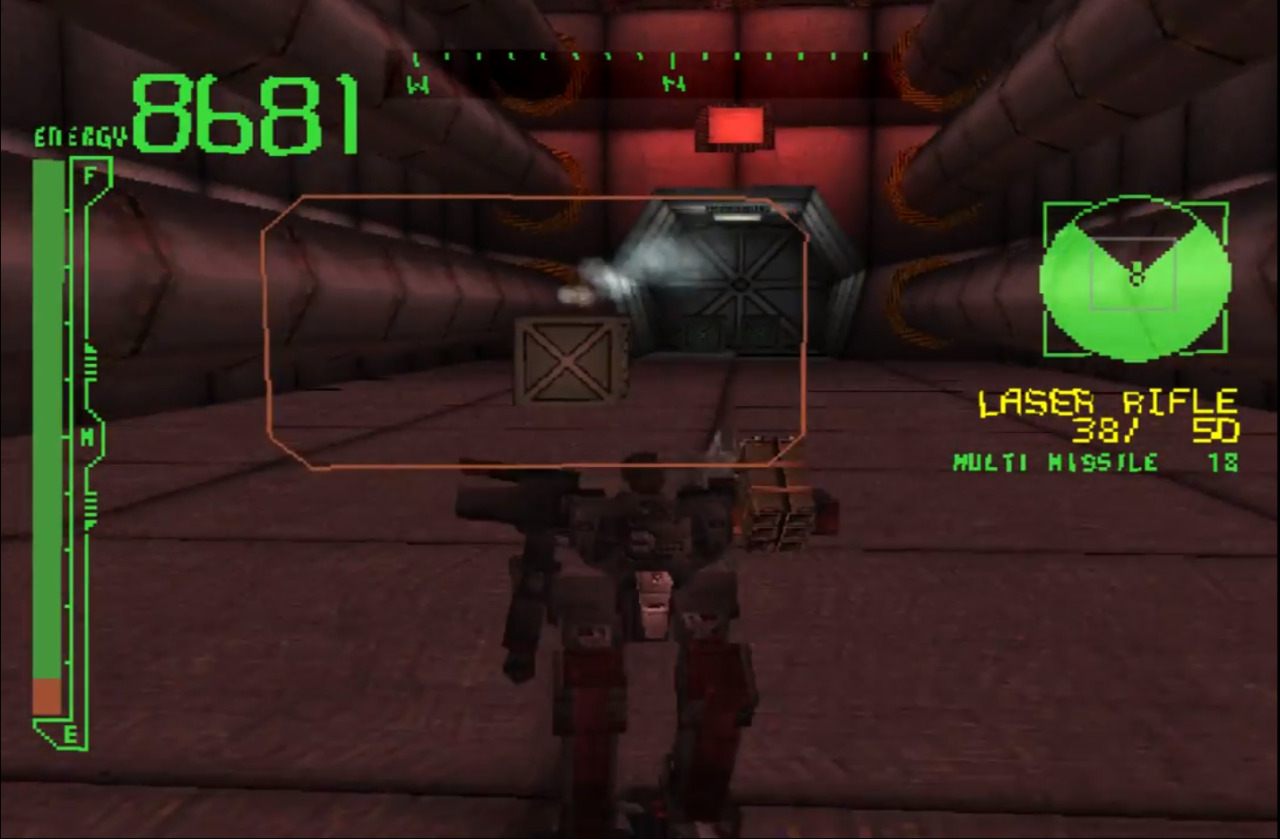
The original Armored Core leans hard into the industrial post-apocalyptic aesthetic, taking place 50 years after a fiery conflict known as the Great Destruction. The last remnants of humanity are pitted against each other in a war between two megacorporations, Murakumo Millennium and Chrome, for control of the planet. The player controls a mercenary that’s taking advantage of the ongoing battle, alternating between the two corporations contract-by-contract as they fight rival mechs while upgrading their own.
Over 20 years since the Armored Core’s release on the PlayStation, the 1997 game really does feel like a product of its time, with dated combat mechanics, controls, and ‘90s-appropriate soundtrack. However, even for all the elements that haven’t aged particularly well, the sheer level of customization for playable mechs and weapons is a staggering achievement. Armored Core spawned two direct follow-ups with 1997’s Armored Core: Project Phantasma and 1999’s Armored Core: Master of Arena and an entire mech-fighting franchise.
3. Armored Core 2
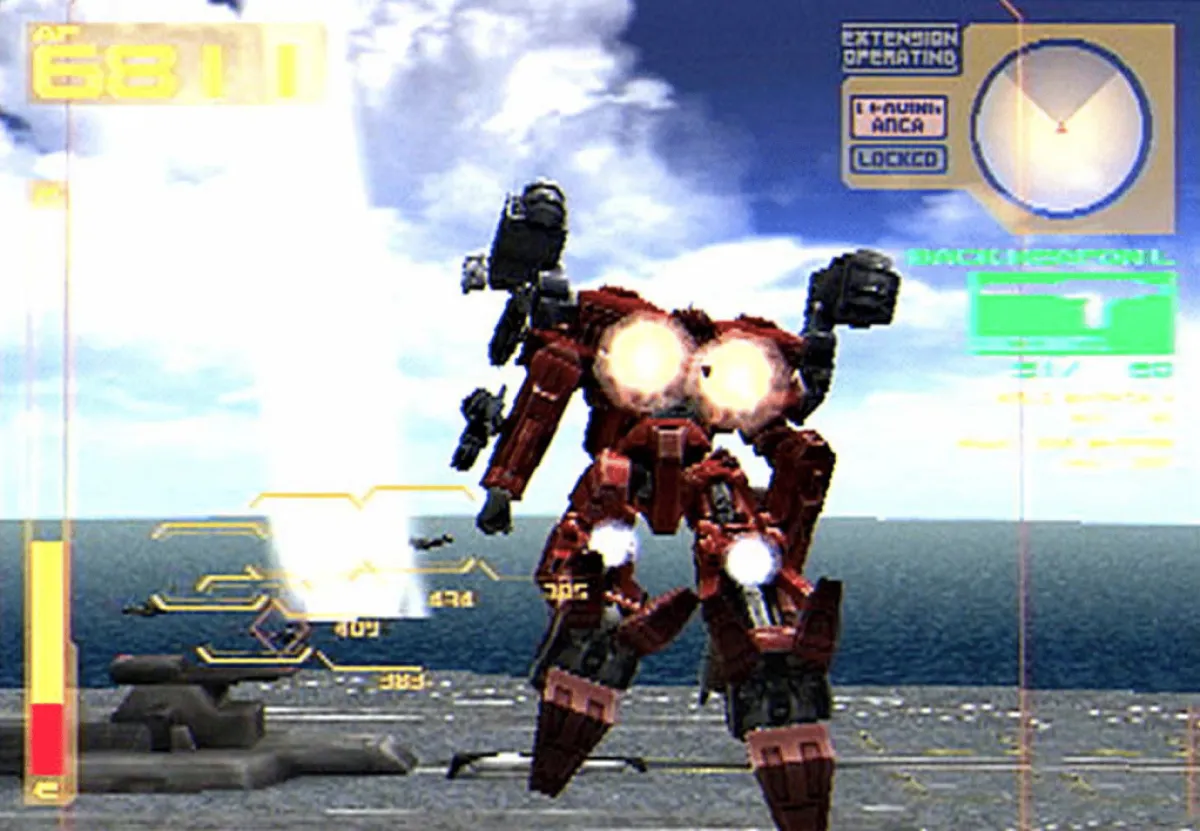
2000’s Armored Core 2 for the PlayStation 2 veers aesthetically into more bombastic science fiction, following humanity’s colonization efforts on Mars 67 years after the events of Master of Arena. Three different corporations vie for control of Mars and its terraforming efforts, with a rogue mercenary group ready to upend the entire colony for their own devious ends. The player character is a mercenary who starts taking mech-combat gigs from the three corporations before moving against the more brutal mercenaries on Mars.
Armored Core 2 boasts an improved technical presentation thanks to the PS2’s hardware capabilities, along with the complex level of mech customization. The combat system hasn’t radically been changed since Master of the Arena, feeling just as dated as the initial games in the franchise. Armored Core 2 got its own direct follow-up with 2001’s Armored Core 2: Another Age, which continued the narrative, taking the saga back to Earth while refining the combat system.
2. Armored Core 4
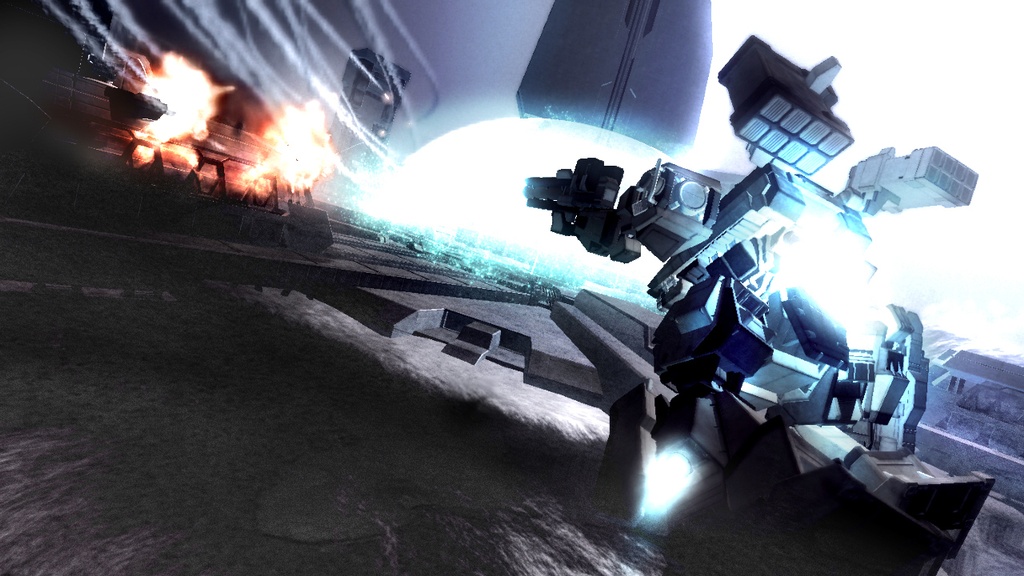
As the Armored Core franchise transitioned to the PlayStation 3 and Xbox 360 with 2006’s Armored Core 4, the series narratively rebooted once again. In this version of the franchise’s continuity, the dystopian future is created by a group of megacorporations that launch a worldwide conflict, overthrowing the major world governments for their own ends. Five years later, the corporations employ mercenaries to wage war against each other while subjugating humanity in labor camps.
The big advantage of Armored Core 4 is it provides gamers with more accessible difficulty levels and streamlines the game mechanics compared to previous entries’ more dated controls. For the most part, the technical presentation is improved thanks to the more advanced hardware available, but there are also more noticeable glitches than the latter installments on the PS2, with the developers relatively unfamiliar with the new consoles. Armored Core 4 was followed by a direct follow-up in 2008’s Armored Core: For Answer, which expanded the online multiplayer gameplay from its immediate predecessor.
1. Armored Core VI: Fires of Rubicon
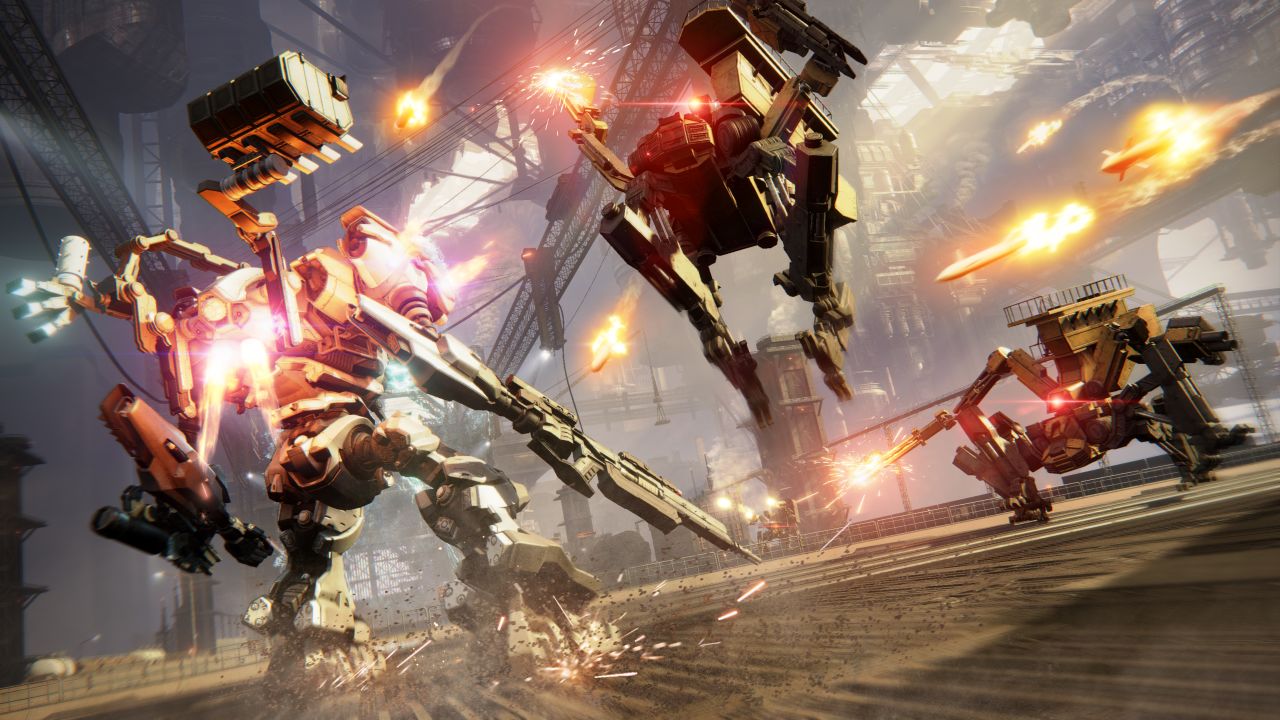
After a decade hiatus since its last installment, 2013’s spinoff Armored Core: Verdict Day, the franchise made its triumphant return in 2023 with Armored Core VI: Fires of Rubicon. Set on the devastated world of Rubicon 3, a valuable but extremely volatile substance known as Coral is rediscovered. As different factions return to Rubicon 3 to extract Coral, mercenaries battle each other in the ruins of the old world as corporate competition violently heats up.
Without compromising its difficulty, Armored Core VI is the most accessible entry in the franchise, doing away with the debt system penalizing players for failing missions and encouraging them to replay missions as often as they like. Years of working on Soulslike games and with more advanced hardware led to a more polished combat system than past Armored Core entries, elevating the experience. Armored Core VI stands as the best entry in the franchise and, fortunately, doesn’t require having played through prior installments to appreciate its full quality.

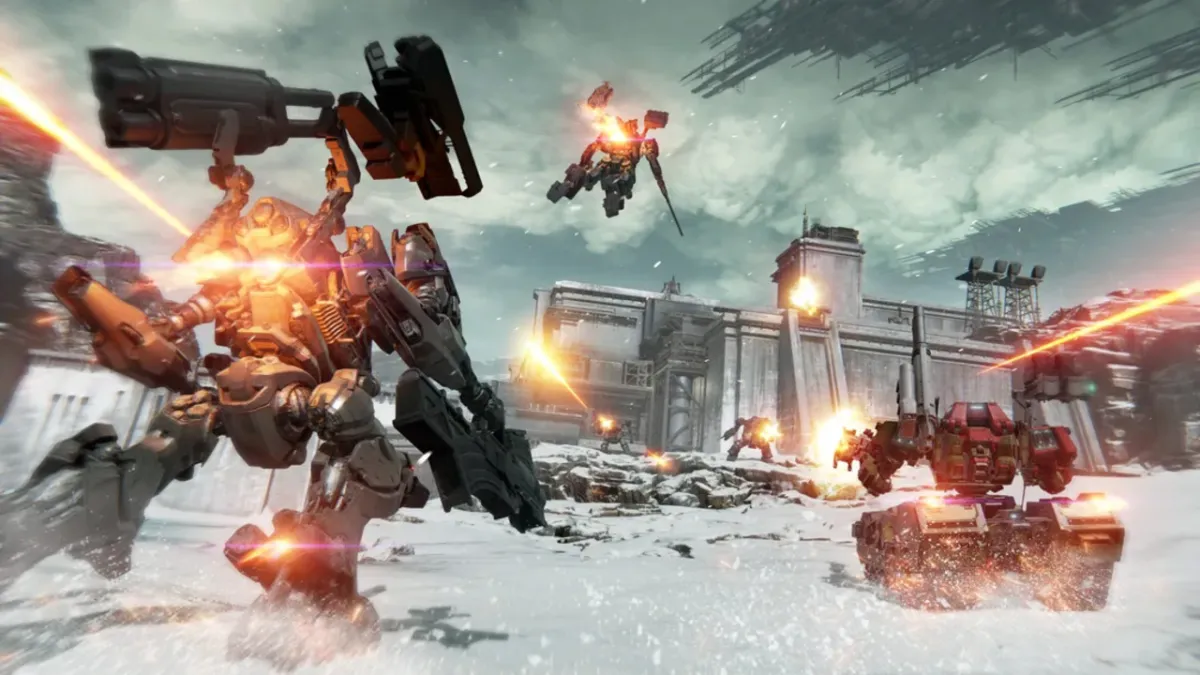
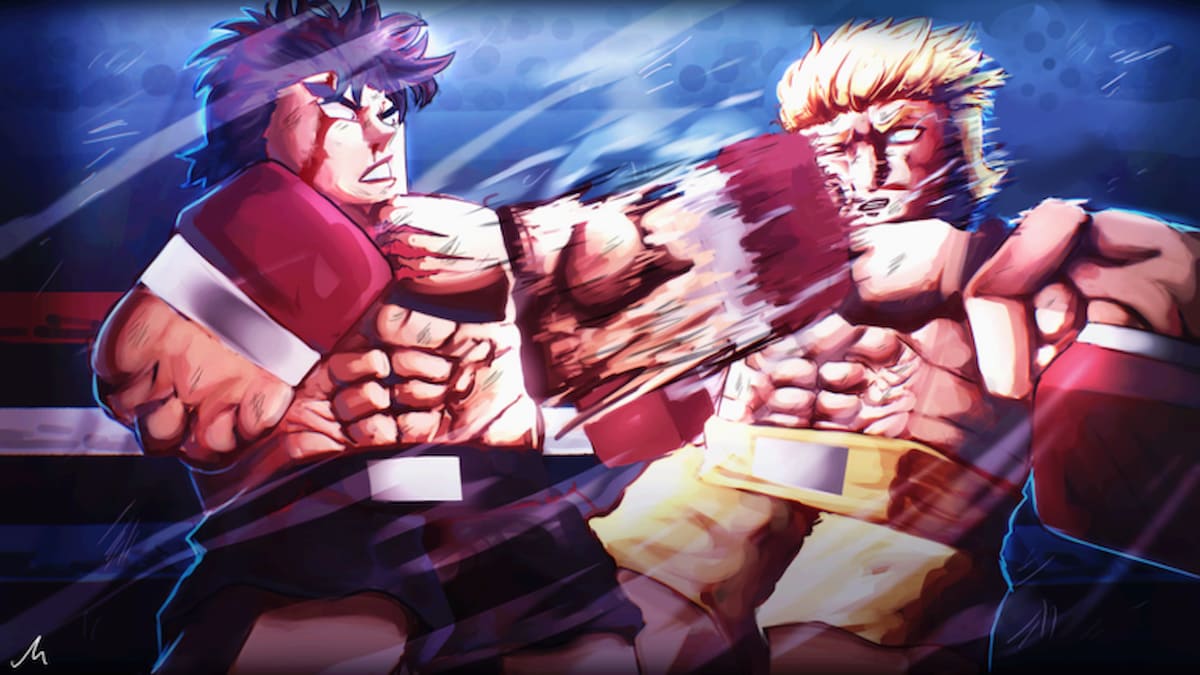
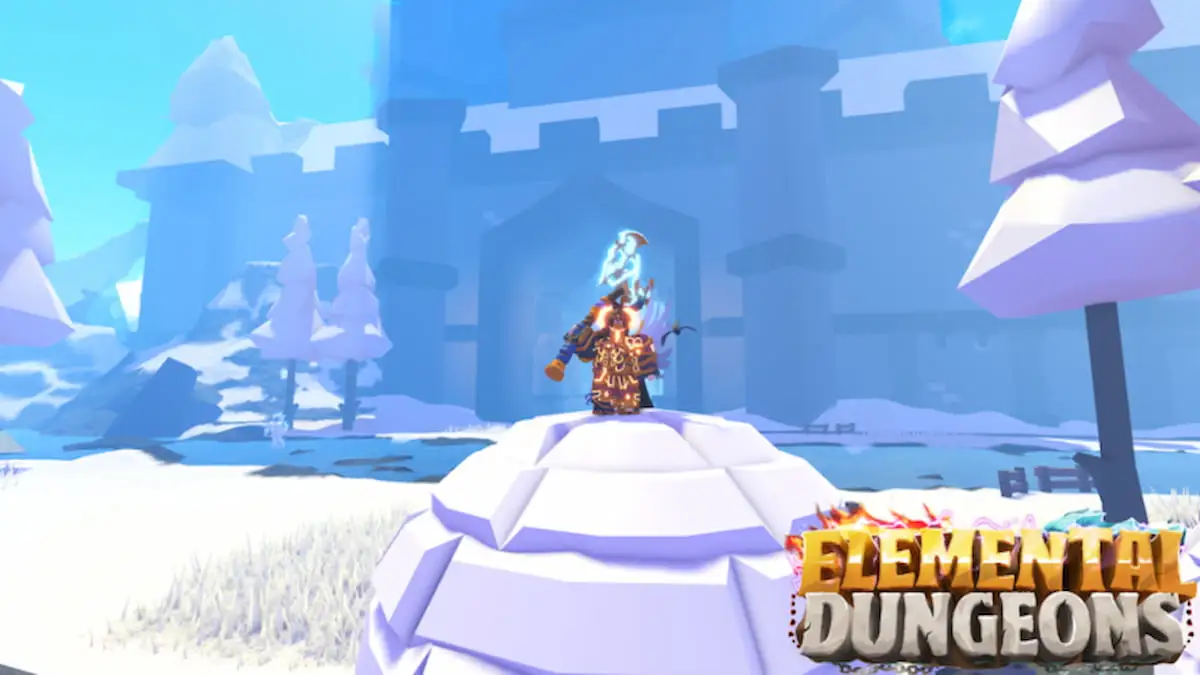
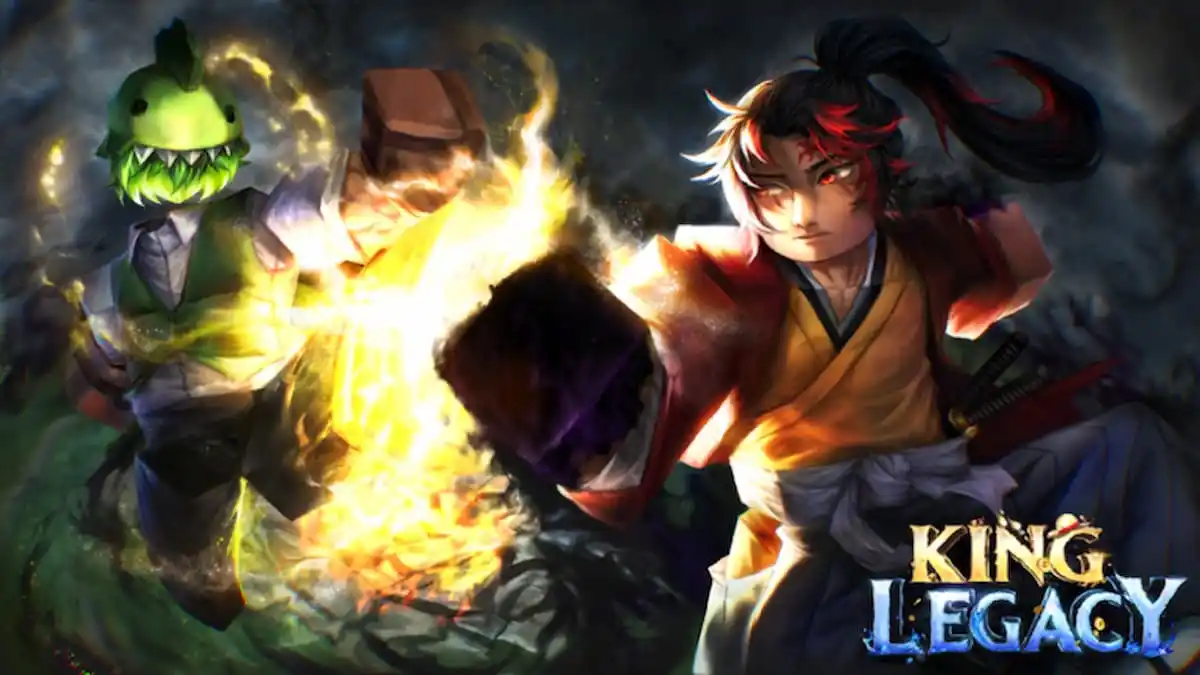

Published: Nov 24, 2023 09:03 pm